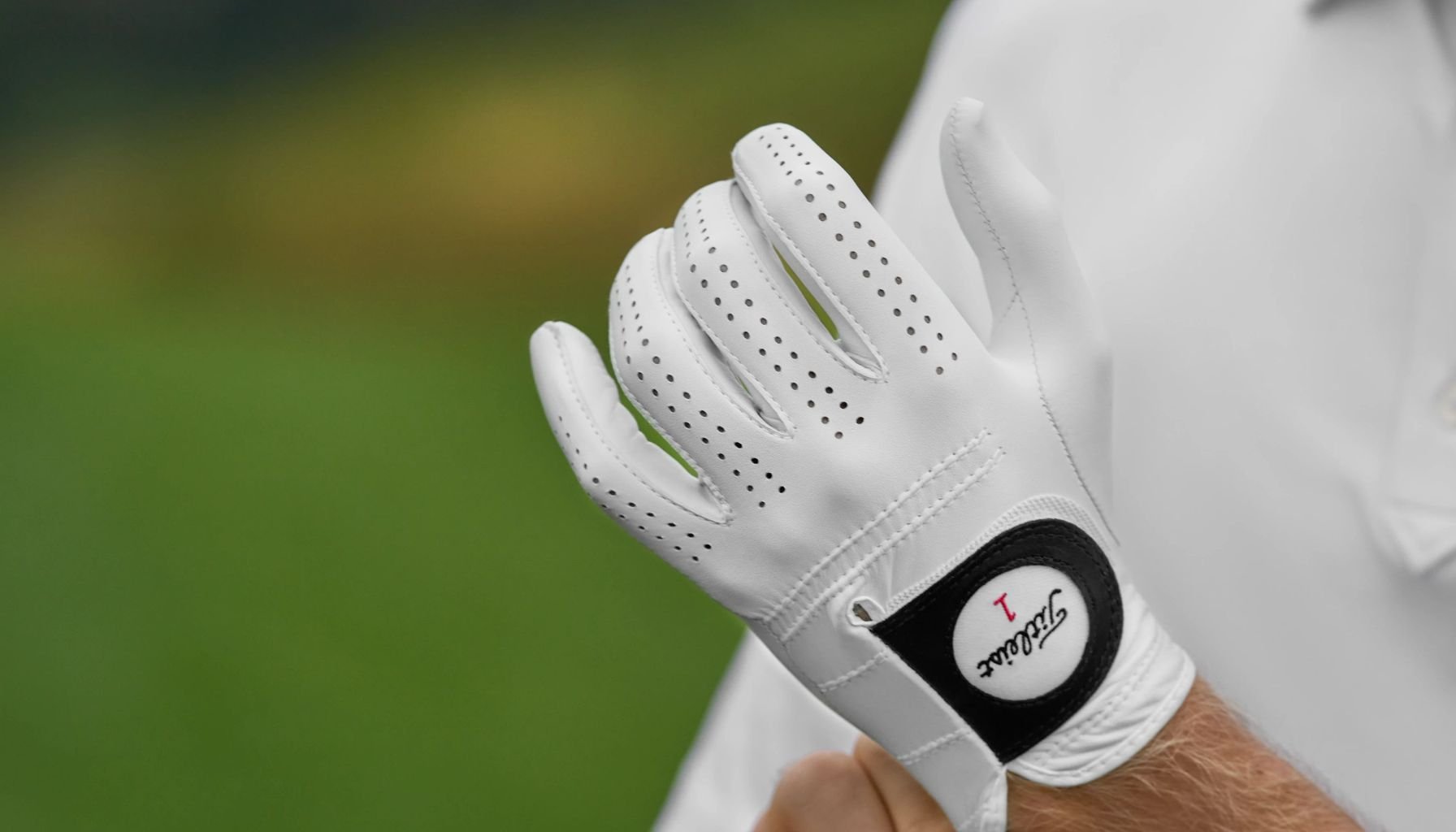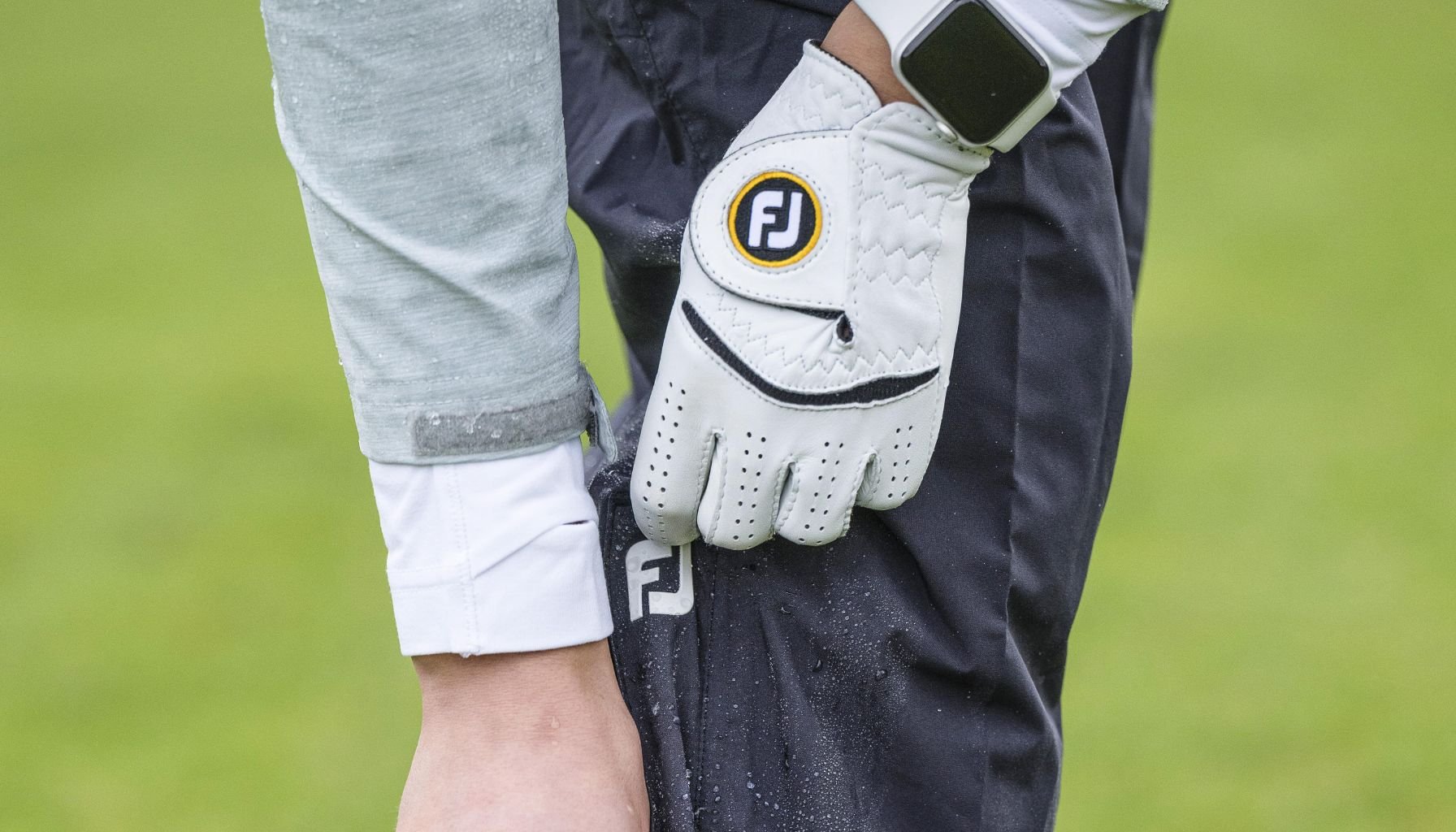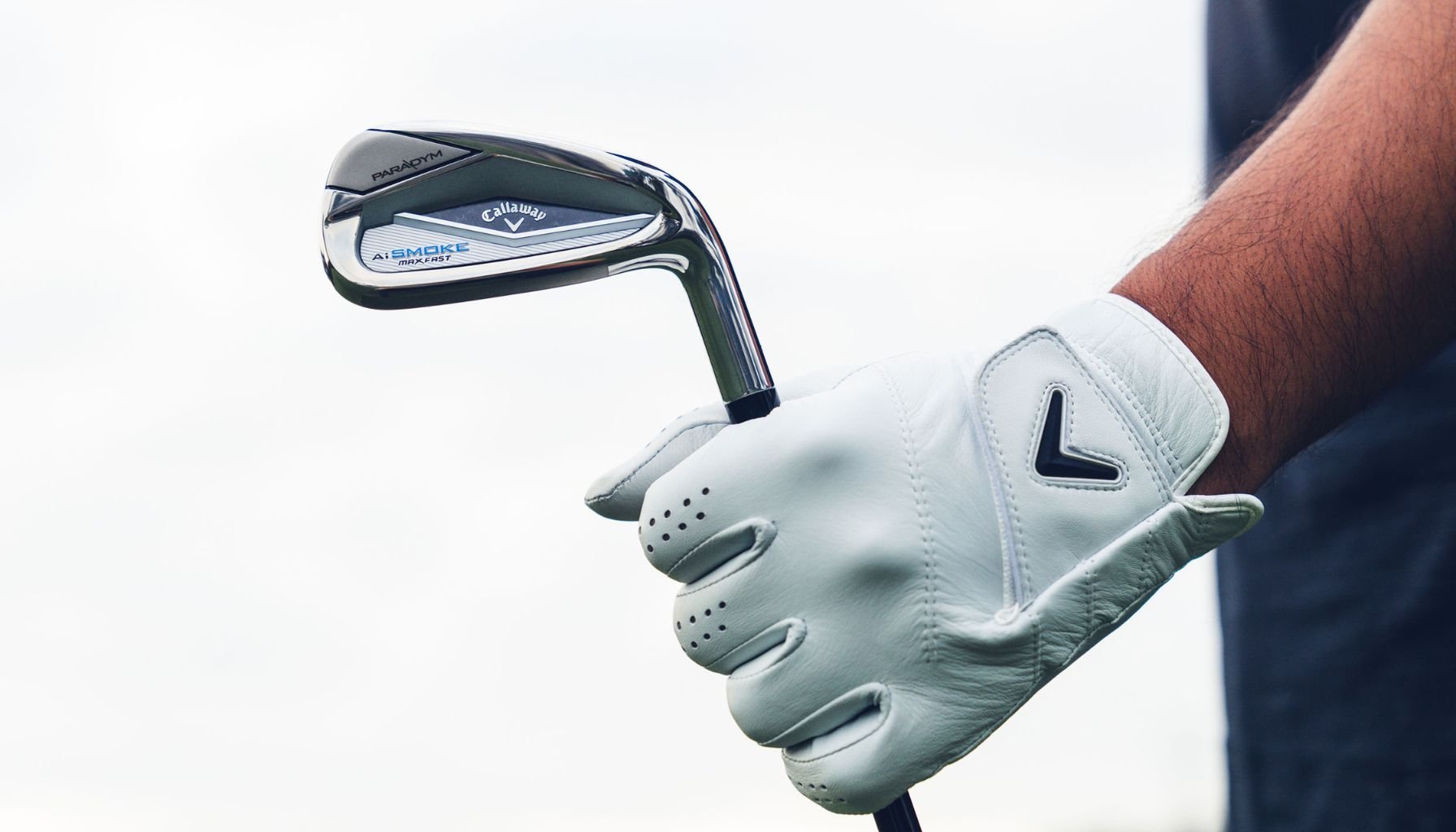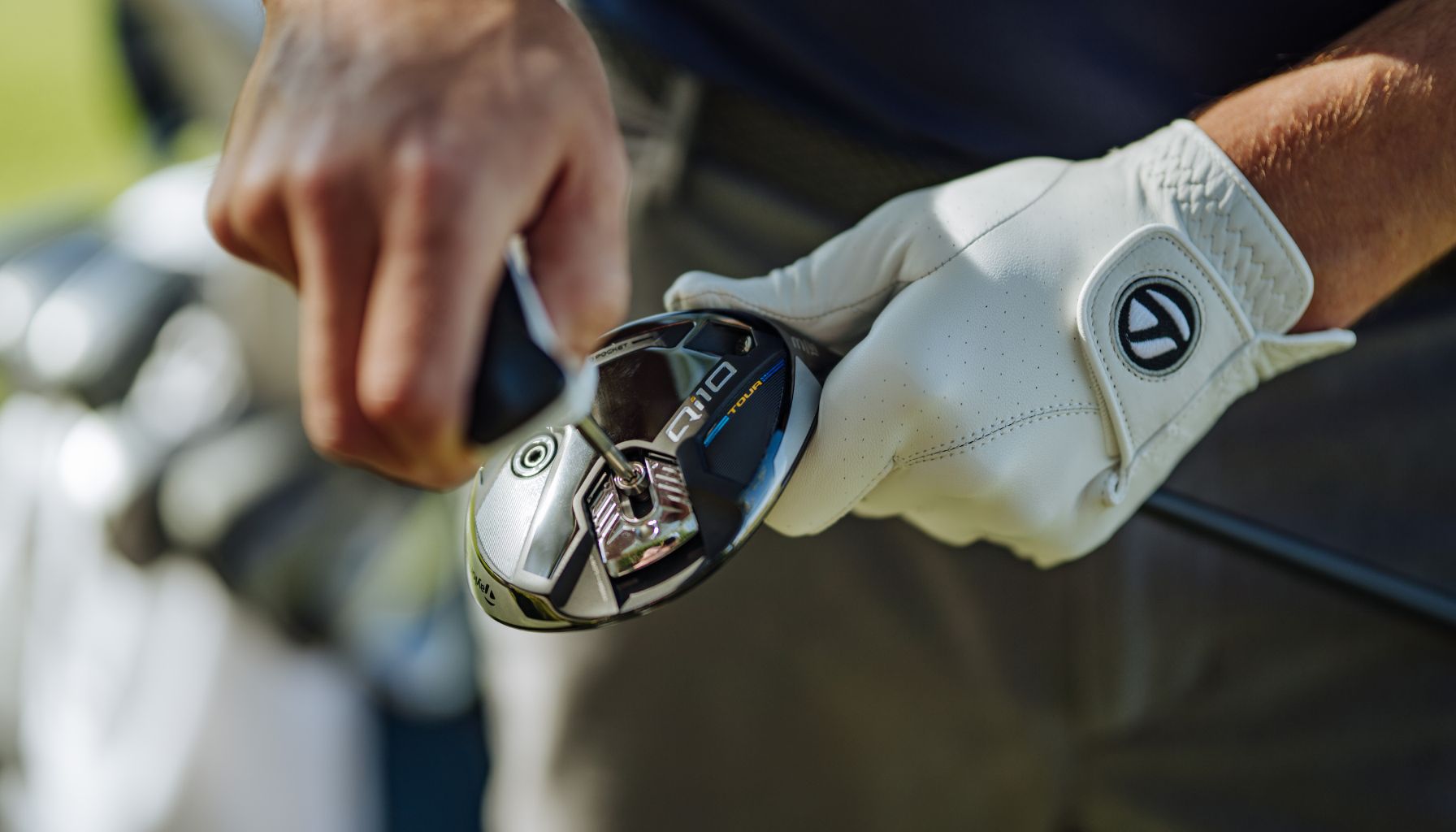Fighting blisters, sweaty hands, or a loose fit? It’s time to rethink your golf glove

Golf is a game of precision, and every little detail counts. From the type of club you use to the way you stand, all aspects of your setup contribute to your performance. But one element that's often overlooked, yet crucial, is your golf glove. A poor grip or worn-out glove can impact your control, costing you accuracy, consistency, and, ultimately, strokes. In this blog, we'll explore why the right golf glove is more than just a fashion statement—it's the key to a winning grip and better overall performance.
Why Golf Gloves Matter

Many golfers underestimate the role a glove plays in their game. The primary function of a golf glove is to enhance your grip on the club, ensuring that your hands don't slip, especially during your swing. Sweaty hands or rainy conditions can reduce your ability to maintain a consistent grip, leading to mishits and lost strokes. But the right glove can provide:
- Increased Grip Control: The glove's tacky surface interacts with the grip of the club, ensuring a non-slip hold.
- Reduced Friction and Blisters: By wearing a glove, you protect your hands from irritation, especially after repeated swings.
- Consistency in All Weather: Gloves designed with moisture-wicking or weatherproof features help maintain grip in various conditions, from humid summer rounds to chilly autumn games.
The Hidden Cost of Wearing the Wrong Glove
Using a poorly fitting or worn-out glove can have a surprisingly negative impact on your game. Here's how wearing the wrong glove can be costing you strokes:
- Loss of Control
An ill-fitting glove can lead to a loose grip, which translates into less control over the clubhead. You may find that your drives slice or hook more often, simply because your glove isn't providing the support you need.
- Slippery Grip in Wet Conditions
A glove that's not designed for wet weather or that's worn thin can become slippery during rainy or humid conditions. This makes it harder to maintain a steady grip, resulting in inconsistent shots.
- Reduced Comfort and Feel
If your glove is too tight or too loose, it disrupts your feel for the club. The lack of comfort can become a distraction, affecting your concentration and swing mechanics.
Choosing the Right Golf Glove

So, how do you know if you're using the right golf glove? Here are some key considerations when selecting the perfect glove:
- Fit is Everything
A golf glove should fit like a second skin. It shouldn't be too loose or too tight, but rather snug across your palm and fingers. Your glove should feel secure but still allow you to move your fingers freely.
Tip: When trying on gloves, make sure there's no extra fabric at the tips of your fingers. Excess fabric means the glove is too big, which can lead to slipping.
- Material Matters
The material of the glove will affect its grip, durability, and comfort. Most gloves are made from either leather, synthetic materials, or a combination of both.
- Leather Gloves: Known for their superior feel and tackiness, leather gloves like the FootJoy StaSof offer a premium grip and fit. However, they may wear out faster, especially in wet conditions.
- Synthetic Gloves: More durable and breathable than leather, synthetic gloves tend to last longer and are ideal for wet or humid conditions.
- Hybrid Gloves: Combining the best of both worlds, hybrid gloves feature leather in high-touch areas for feel and synthetic materials for durability and flexibility.
- Weather Considerations
Weather should play a big role in the glove you choose. Many brands offer gloves specifically designed for wet, cold, or even hot conditions.
Wet Weather
For wet conditions, it's essential to use a glove that offers maximum grip and weather protection. The FootJoy Raingrip Golf Gloves are designed for just that. These gloves feature a water-resistant micro-suede Sure-Grip™ and an AutoSuede™ palm, ensuring you have a strong hold on the club even in damp conditions. The waterproof Weather-Shield™ foam fleece on the back of the hand retains heat while providing excellent protection from the cold, making them perfect for winter rounds.
Cold Weather
When the temperature drops, you need gloves that provide warmth without sacrificing grip. The Callaway Mens Thermal Grip Gloves (Pair) are designed with a Thermo-lined fleece interior to keep your hands warm in cold conditions. Their synthetic suede palm provides excellent grip and control, even in harsh winter weather. The 3D printing on the palm ensures a solid hold on the club, giving you confidence through every swing.
Hot Weather
For warmer conditions, the Under Armour Tour ISO-CHILL Golf Glove is a top choice. The UA ISO-CHILL fabric pulls heat away from your skin, keeping your hands cool during those hot rounds. Featuring soft Cabretta leather for comfort and durability, this glove is built for control, thanks to its Premium Grip system. Additionally, micro-perforations increase ventilation, making it ideal for keeping your hands dry and comfortable in warm weather.
High-Performance Technology
Today's golf gloves come equipped with advanced technologies designed to give you an edge on the course. The FootJoy StaSof Golf Gloves feature premium AAA Cabretta Soft Tech™ Leather, offering excellent feel and grip. With a 4-way stretch nylon insert and a moisture-wicking wristband, these gloves provide exceptional comfort, flexibility, and durability.
Similarly, the Titleist Men's Players Glove is crafted from premium Cabretta leather, offering a tour-proven fit and superior grip in all weather conditions. The soft, durable material ensures a consistent, high-quality feel, making it a favourite among professionals.
When to Replace Your Golf Glove

Even the highest quality gloves won't last forever. Keeping a worn-out glove in your bag can lead to inconsistent performance, so it's essential to replace your glove when you notice signs of wear.
- Check for Wear and Tear: If you see holes forming on the palm or fingers, or if the glove's grip feels diminished, it's time for a new one.
- Grip Slippage: If you feel your grip slipping more than usual during your swing, the glove may have lost its tackiness.
- Loss of Fit: Over time, gloves can stretch out, which compromises their fit and effectiveness.
The Technology Behind Modern Golf Gloves
Today's golf gloves come equipped with advanced technologies designed to give you the edge on the course. Many premium gloves incorporate features that provide added durability, breathability, and comfort.
For instance, the TaylorMade Tour Preferred Flex Gloves are made from premium AAA Cabretta Soft Tech™ Leather, maximising feel while still offering exceptional grip. Similarly, the Under Armour Tour ISO-CHILL Golf Glove features cooling fibres that pull heat away from your skin, keeping your hands cool even during the hottest rounds. With so many advancements, investing in a high-quality golf glove is no longer optional if you're serious about improving your game.
The Right Glove Equals a Better Game

Your golf glove is more than just an accessory—it's a performance tool that can make a significant difference in your game. By choosing the right glove that fits well, uses the best materials, and suits the conditions you play in, you can improve your grip, maintain control, and avoid losing unnecessary strokes. So, are you wearing the wrong golf glove? If so, it might be time to make a change and start saving strokes with the perfect fit.